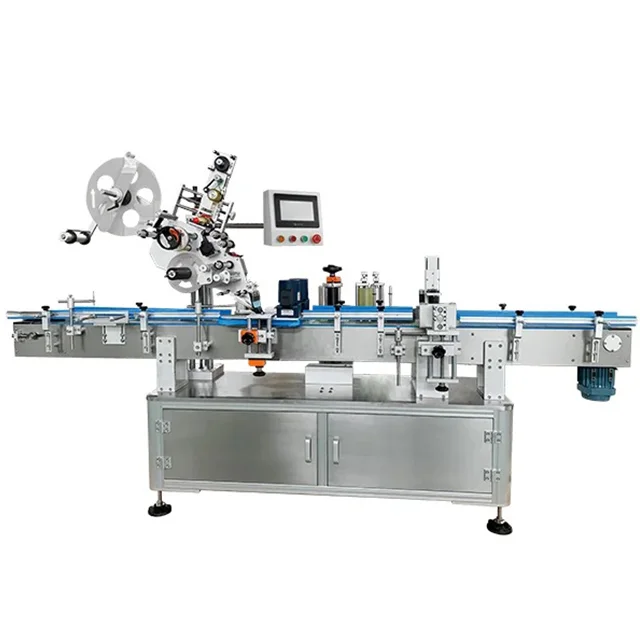When it comes to maintaining the health of your vehicle, understanding the oil gauge reading is crucial. The oil gauge is an essential component of your car's dashboard, providing real-time information about the oil pressure within the engine. A normal oil gauge reading is vital for ensuring that your engine operates efficiently and remains protected from potential damage. In this article, we will delve into what constitutes a normal oil gauge reading, the implications of abnormal readings, and best practices for monitoring and maintaining your vehicle's oil system.
What is an Oil Gauge?
The oil gauge, often referred to as the oil pressure gauge, measures the pressure of the engine oil circulating through the engine. This pressure is critical for lubricating engine components, reducing friction, and preventing overheating. The gauge typically displays readings in pounds per square inch (PSI) or in a range that indicates low, normal, and high oil pressure.
What is a Normal Oil Gauge Reading?
A normal oil gauge reading typically falls between 20 to 60 PSI when the engine is at operating temperature. However, this range can vary based on the vehicle make and model, as well as the type of oil used. Here’s a breakdown of what these readings generally indicate:
- Low Oil Pressure (Below 20 PSI): A reading below 20 PSI can indicate insufficient oil flow, which may be due to low oil levels, a failing oil pump, or a clogged oil filter. Prolonged low oil pressure can lead to severe engine damage, including bearing failure and engine seizure.
- Normal Oil Pressure (20-60 PSI): A reading within this range indicates that the oil is circulating properly and providing adequate lubrication to engine components. It is essential to monitor this reading, especially during different driving conditions, such as idling or high-speed driving.
- High Oil Pressure (Above 60 PSI): While a high reading may seem beneficial, it can indicate potential issues such as a malfunctioning oil pressure relief valve or excessive oil viscosity. High oil pressure can lead to leaks and damage to seals and gaskets.
Factors Affecting Oil Gauge Readings
Several factors can influence oil gauge readings, and understanding these can help you maintain optimal engine health:
- Oil Viscosity: The thickness of the oil can significantly affect pressure readings. Thicker oils may result in higher pressure, while thinner oils may lead to lower pressure. Always refer to your vehicle’s owner manual for the recommended oil viscosity.
- Engine Temperature: Oil pressure can fluctuate with engine temperature. Cold engines typically show higher oil pressure, while hot engines may display lower readings. It’s essential to allow your engine to reach its optimal operating temperature before assessing oil pressure.
- Oil Quality: The condition of the oil plays a crucial role in maintaining proper pressure. Old or contaminated oil can lead to increased friction and reduced lubrication, affecting pressure readings.
- Engine Wear: As engines age, wear and tear can lead to changes in oil pressure. Components such as bearings and oil pumps may degrade, resulting in lower oil pressure.
Monitoring and Maintaining Oil Pressure
To ensure your vehicle’s oil pressure remains within the normal range, consider the following best practices:
- Regular Oil Changes: Follow the manufacturer’s recommendations for oil change intervals. Fresh oil helps maintain optimal viscosity and pressure.
- Check Oil Levels: Regularly check your oil levels using the dipstick. Low oil levels can lead to decreased pressure and potential engine damage.
- Monitor Gauge Readings: Pay attention to your oil gauge readings during your drives. If you notice any fluctuations or abnormal readings, investigate the cause immediately.
- Use Quality Oil: Invest in high-quality oil that meets or exceeds your vehicle’s specifications. Quality oil can enhance engine performance and maintain proper pressure.
- Consult a Professional: If you experience persistent low or high oil pressure readings, consult a qualified mechanic. They can diagnose underlying issues and recommend necessary repairs.
Conclusion
Understanding what constitutes a normal oil gauge reading is essential for any vehicle owner. By monitoring your oil pressure and adhering to best maintenance practices, you can ensure your engine remains healthy and performs optimally. Remember, early detection of oil pressure issues can save you from costly repairs and extend the life of your vehicle. Stay informed, stay proactive, and keep your engine running smoothly.





